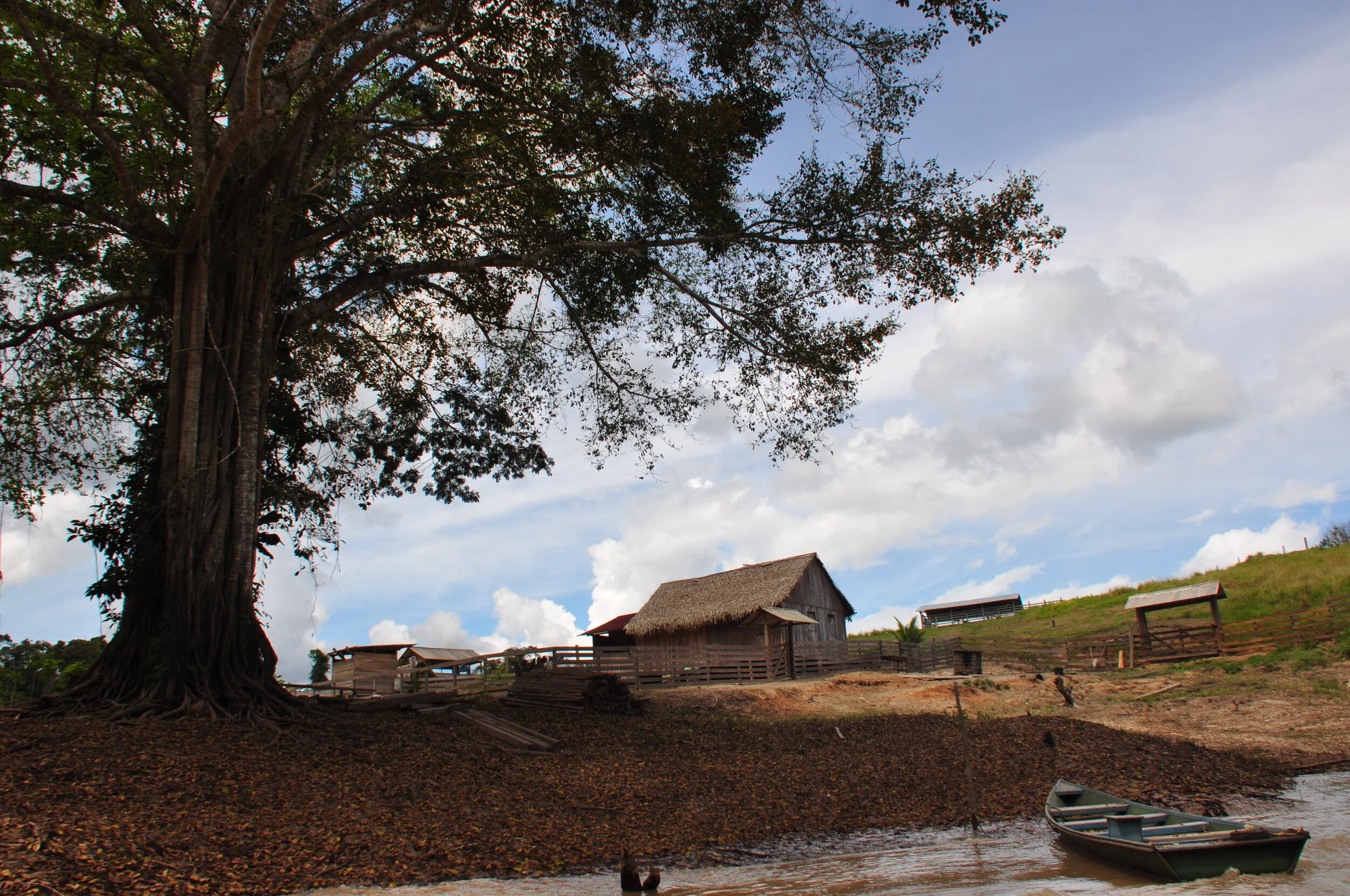CARBON PROJECTS
Background
Ostrya Conservation’s specialty is designing and advising on forest carbon offset projects throughout the world. Past work has included assignments related to advising on all types of Agriculture, Forestry, and Other Land Use (AFOLU) topics. These include project development, carbon policy, peer reviewed articles, and methodology work.
Ostrya Conservation’s main expertise lies in developing projects for the voluntary market, including:
Reduced Emissions from Deforestation and forest Degradation (REDD) Projects;
Improved Forest Management (IFM) Projects; and
Afforestation, Reforestation, and Revegetation (ARR) Projects.
Jamie has led full project development for numerous carbon offset projects, bringing these projects from project origination and feasibility through project development and the audit process to credit issuance under both voluntary and compliance carbon standards. Jamie’s work has led to the successful validation of over 15 AFOLU carbon offset projects and completion of over 25 successful verification events resulting in the issuance of carbon credits.
Carbon Project Origination and Design
Upfront project structuring and design is one of the most important factors to achieve and replicate sustainable financing for conservation. Ostrya Conservation has a proven record of leading diverse stakeholders for effective forest conservation and forest restoration initiatives. Significant experience collaborating with landowners, rural communities, local stakeholders, private and public companies, and environmental NGOs has led Jamie to many successes pulling together conservation finance opportunities, land managers, and local consultants to effectively run conservation projects in the developing world.
Feasibility and Development
Before attempting full project development for your carbon offset project, Ostrya Conservation performs a feasibility study. This study’s primary focus is on producing a high level estimate of carbon offsets, and the technical aspects of your project including project eligibility, additionality, non-permanence risk, and leakage. Further, Ostrya Conservation can also determine the likelihood that project actions will lead to significant biodiversity and/or community benefits, thus enabling projects to reach the Climate, Community, and Biodiversity Standard (CCBS) Gold Level Status.
Project development entails following the guidance provided by the standard and methodology. This process most often takes 4-12 months depending on the complexity of the chosen methodology. Ostrya Conservation’s work in the project development phase is to:
Conduct a stakeholder engagement and community consultation process.
Complete a forest inventory documenting onsite carbon stocks.
Demonstrate additionality using an approved additionality tool.
Provide evidence supporting the non-permanence risk analysis.
Document project impacts on the environment, biodiversity, and community.
Document and calculate baseline emissions, with-project emissions, leakage emissions, and net emission reductions.
Develop a monitoring plan measuring community, climate, and biodiversity impacts.
Project Implementation, Monitoring and Reporting
Following the validation audit, projects will follow the approved project design during the implementation phase of the project. It is during this phase that project activities are implemented which lead to the generation of carbon offsets. While projects’ longevity most often lasts 30-100 years, each monitoring period lasts 1 to 5 years depending on the project type. After monitoring, a report will be prepared documenting the project’s adherence to the project design and calculating the emission reductions/removals over the monitoring period.
Audits
Carbon offset projects need to pass several audits by accredited third party auditors prior to carbon credit issuance. Jamie’s expertise in managing the audit process reduces costs and enhances a project’s opportunity for success.
In general, the primary audit is the validation audit which ensures the project design is in line with the requirements of the carbon standard and the applied methodology. This validation audit maintains the rigor of the carbon standard by ensuring projects are well designed and likely to achieve the estimated emission reductions/removals.
The verification audit is generally smaller in scope than the validation audit and ensures projects adhere to the project design and emission reductions/removals are robustly estimated following the methodology.



